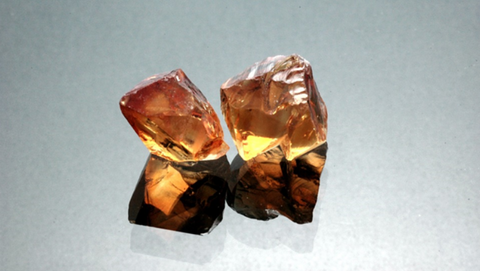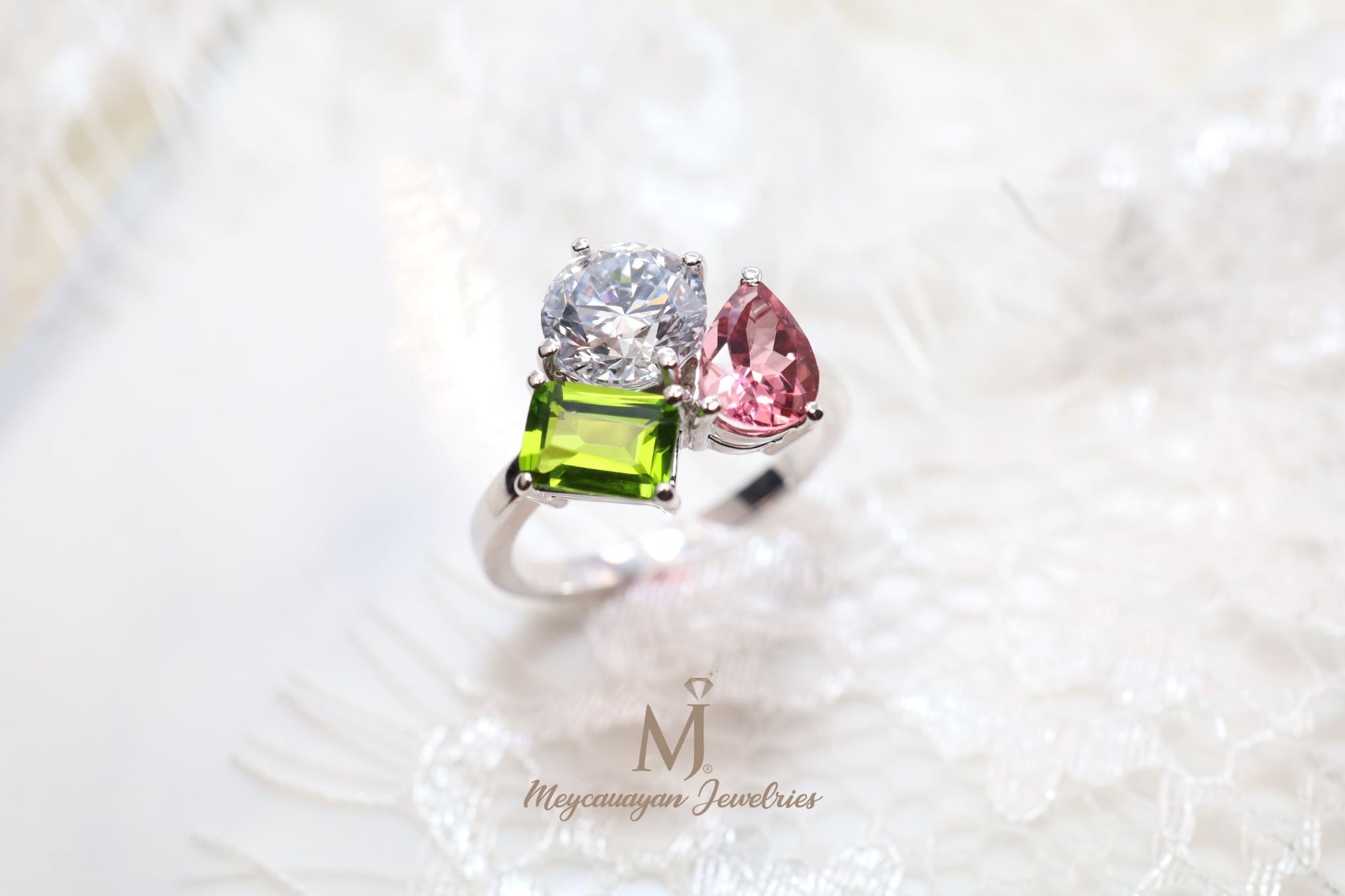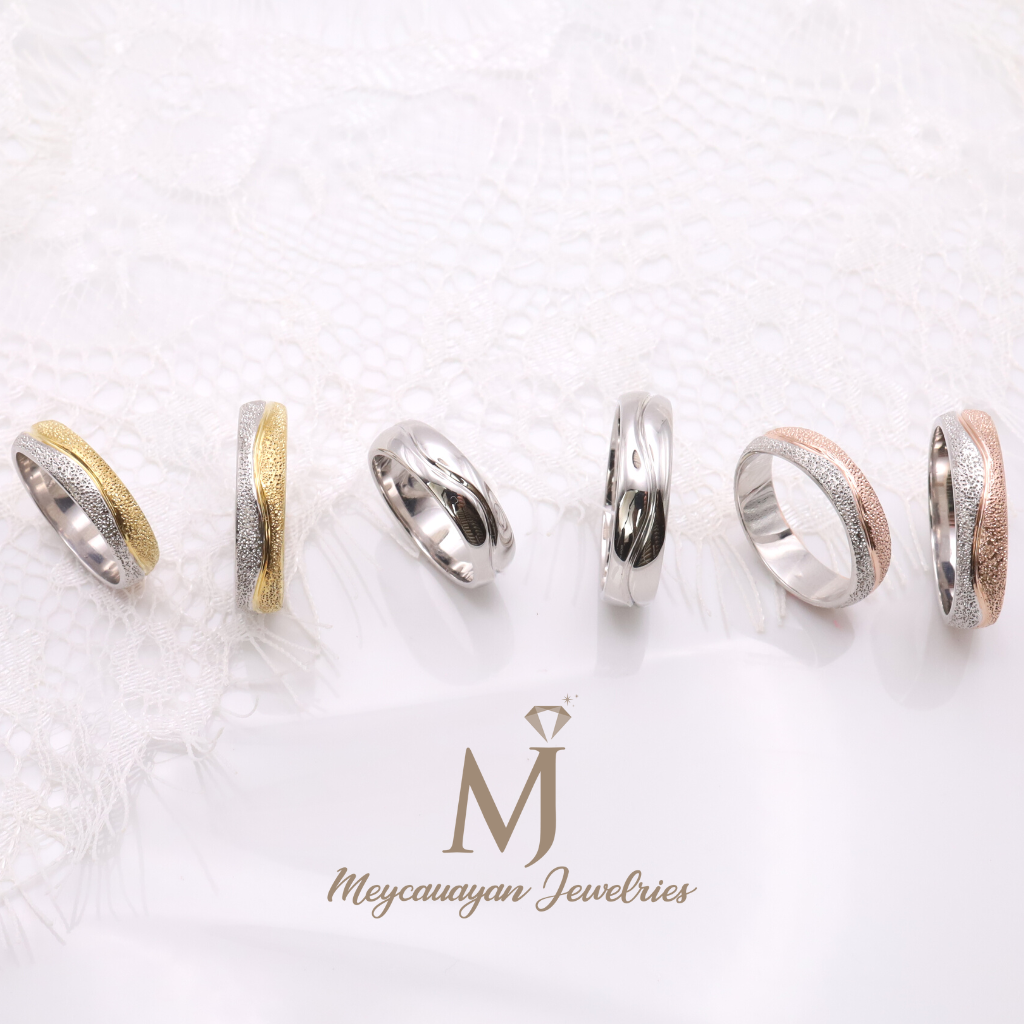Looking for attractive lustre and excellent clarity? You will never be too yellow for citrine! While the usual cup of tea in choosing pieces of jewelry is diamonds, particularly in wedding rings and engagement rings, this November birthstone will surely surprise you with its warmth and beauty! Discover more about citrine and see its notable characteristics jiving with today’s trends.
Classified as a semiprecious stone, citrine offers its rarity in nature (transparent pale yellow to brownish orange). Its remarkable colour, quality, and price create sought-after demands for citrine. No wonder it is the most desired among the yellow-coloured gemstones. Hailed as the King of Quartz by the International Colored Gemstone Association, the warm tones of citrine match the earthly colors of fall and winter—timely for its birth month, November!

Citrine is a variety of crystalline quartz with a chemical composition of SiO2 (Silicon Dioxide). Its attractive golden colour has a refractive index of 1.544 to 1.553 and scores 7 in the Mohs scale for its hardness. According to GIA, traces of iron in citrine are responsible for its yellow to orange colour. Citrine is both affordable and durable which makes it chart-topping amongst the yellow-to-orange gems. If you’re looking for an alternative for topaz or yellow sapphire, citrine is your must-have!
Citrine and topaz are distinguished as November birthstones. Lucky you to celebrate with these two powerful gems!
Symbolism and Lore
For thousands of years, people have used quartz in jewelry. As it is a good carving material, Ancient Greeks carved ornaments using citrine. Similarly, citrine (along with amethyst) is reported to be used in Roman pontifical jewelry. Even in the Victorian era, citrine is also popular in colourful Scottish jewelry—from pendant, brooch, to regalia.
The vibrant color of citrine symbolizes the vitality of life. From its color and clarity, citrine reminds us of the bright and warm sun. Truly, one of the powerful forces we could ever find!
Before modern gemology, citrine was confused with topaz. With its mistaken identities, people believe that citrine shares the same influences as topaz—strength, protection from harm, calmness, intelligence, and long life. Citrine also signifies harmonious relationships. If you find yourself celebrating your thirteenth anniversary with a special someone, citrine is the perfect gift to honour this occasion.
So, why is it called citrine?
While most prized citrine crystals are brownish-red or reddish orange, numerous colors are described as “lemon quartz”. Hence, it is believed that citrine is derived from the French word citron which means “lemon”.
According to the International Gem Society, misnomers to citrine include “Brazilian topaz”, “Madeira topaz”, and “topaz quartz”. Numerous dealers still take advantage of these misleading terms. Note that traces of ferric iron in citrine separate it from topaz.
Where can we find citrine?

Major sources for citrine come from Bolivia, Uruguay, Spain, Madagascar, Mexico, and Russia. Additional deposits can be found in Zambia. Most citrine crystals available in the market are treated amethysts and these are typically sourced in Brazil. If you’re looking for unheated citrine, Anahí (pronounced ä-nä-ē) mine is a remarkable place for its natural source. Located in Eastern Bolivia, Anahí Ametrine mine has produced large amounts of both amethyst and citrine.
GIA also reported that field and experimental investigations irrefutably showed that natural amethyst-citrine color combination in quartz crystals from Anahí is not a result of laboratory treatment. This bicolored variety of quartz is called ametrine (amethyst-citrine). This unique combination proves that nature works at its best, indeed.
Uncommon geologic conditions are pointed to be the cause for ametrine’s unusual color patterns. Albeit crystal chemical properties governing the sector color zoning still recoil explanation.
Let’s note that in comparison, topaz is heavier and harder than citrine (due to higher refractive index).
This striking and sultry November birthstone is also sported by celebrities like Emma Watson (citrine earrings), Jennifer Lopez (Adeler Citrine Diamond Ring), Naomie Harris (citrine bracelet), and Tara Reid (citrine ring) to name a few.
Citrine synthetics
Is there an eco-friendly and ethical alternative for citrine? Absolutely! Citrine can be laboratory grown though hydrothermal methods. As it can be manufactured sufficiently, synthetic citrine makes it even more practical and sustainable for consumers.
Citrine Care
Is citrine durable for normal wear and care? YES! Based on the hardness of citrine (7 in the Mohs scale) it can be safely cleaned with warm and soapy water. Steam cleaning your November birthstone is risky as high heat may cause it to crack and may also lead to color fading.
Over the years, demands in citrine for jewelry use increases. It is a must that we learn more about these precious stones aside from the mainstreamed market. Inspired to add citrine in your next jewelry collection? Check out Meycauayan Jewelries today and consult with our responsive team for a worthy experience!



